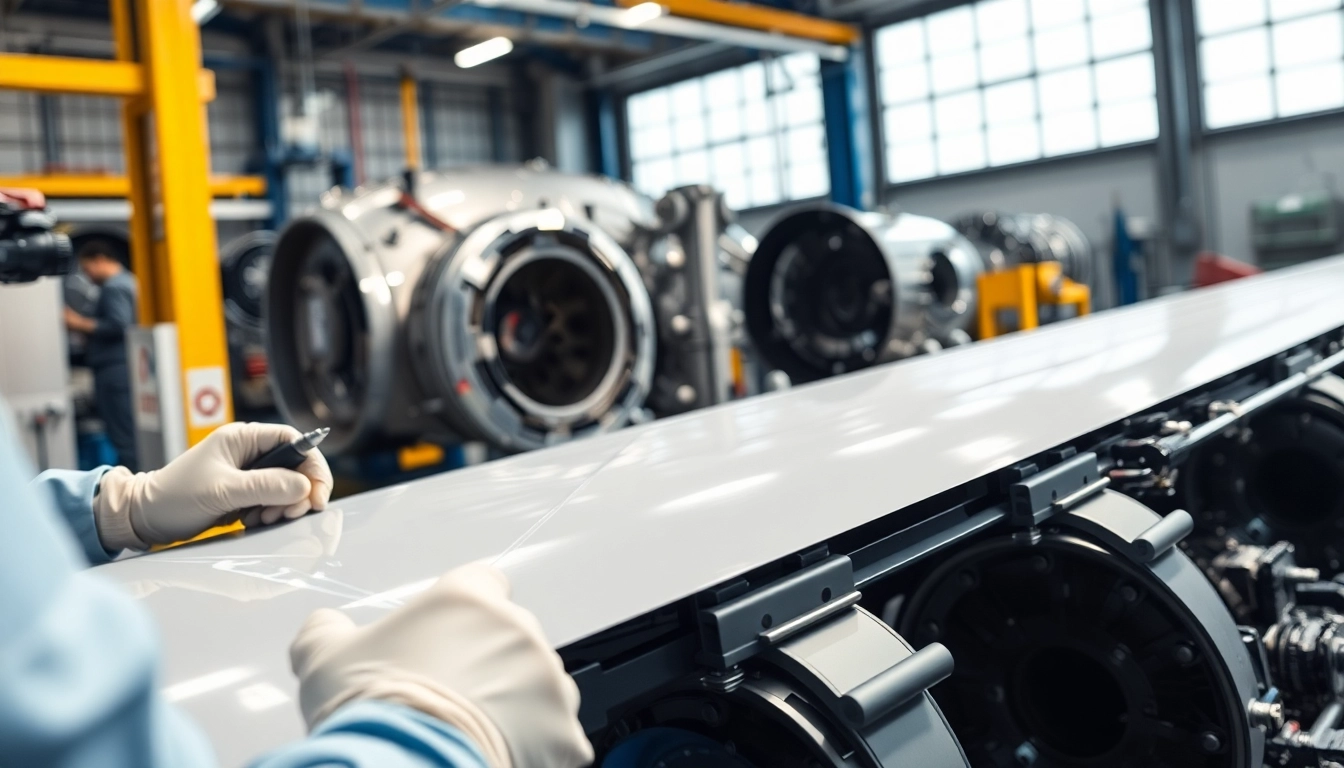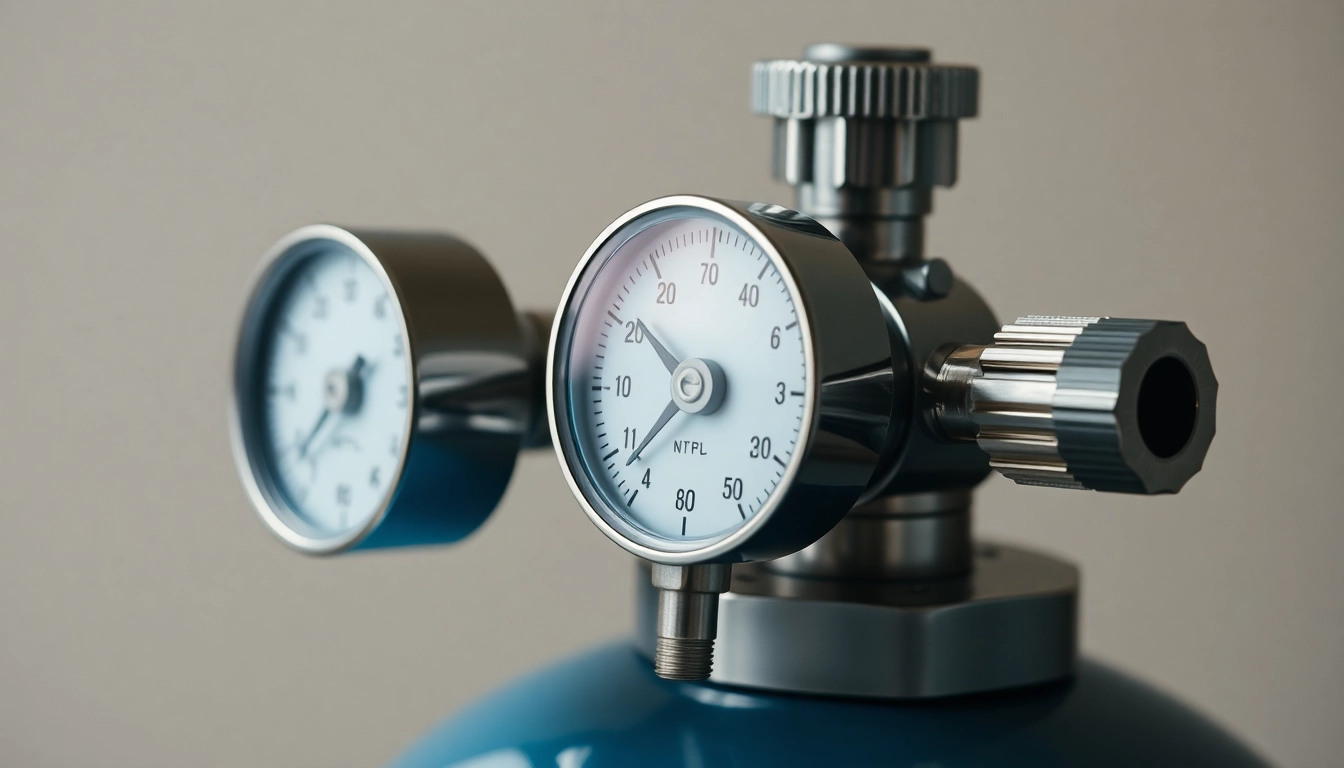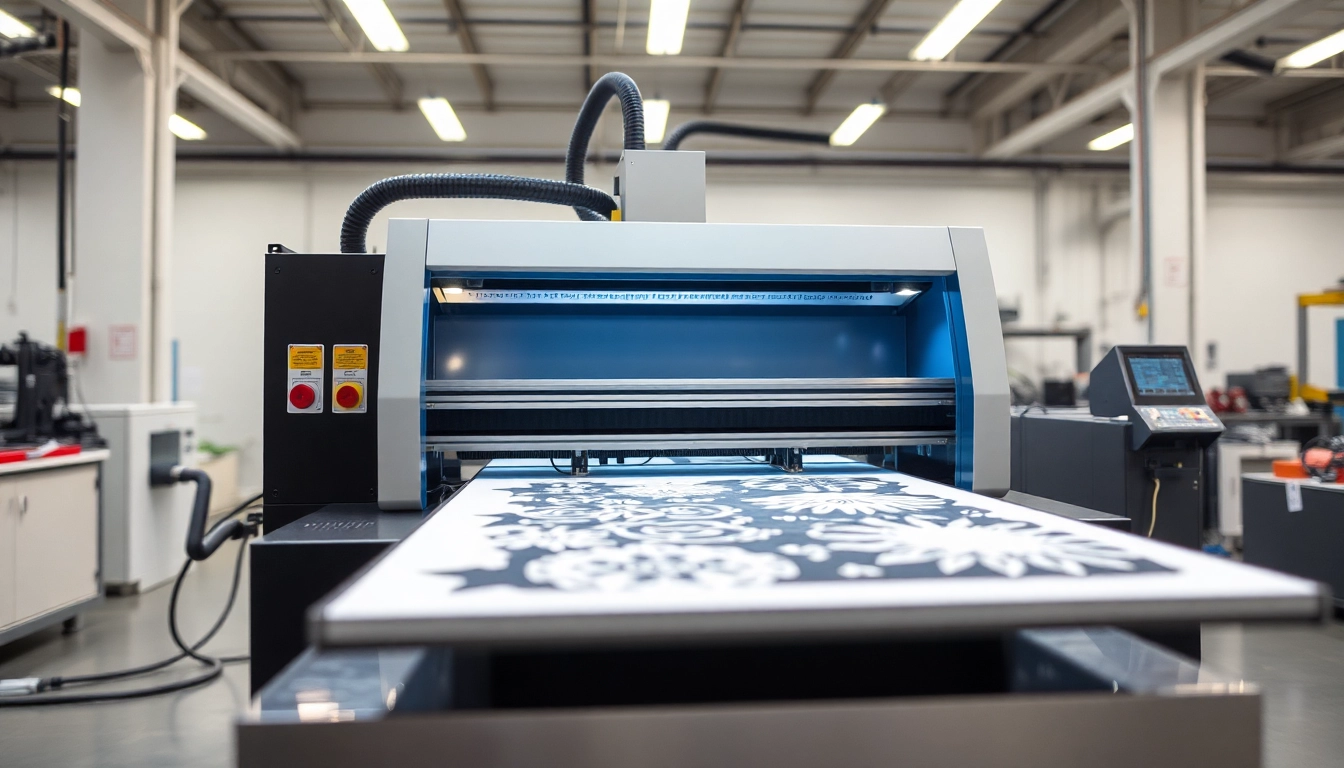Understanding Adhesive Films
Adhesive films are specialized materials that serve as bonding agents in various industries such as aerospace, automotive, and defense. These films come in solid layers of adhesive coated onto a carrier film, which can be activated through heat or pressure, allowing them to bond surfaces together efficiently. They have gained considerable attention for their ability to deliver consistent and high-quality bonding without the mess typically associated with liquid adhesives. For more detailed insights into the diverse applications and benefits, visit https://www.makobond.com/adhesives-films.
What are Adhesive Films?
Adhesive films can be defined as pre-formed layers of adhesive material, often designed to be easy to handle and apply. Unlike traditional liquid adhesives, which can run or spill, these films are solid and can be cut to size. The films are typically ready to bond when they are subjected to heat, pressure, or a combination of both. This unique method of application allows for a cleaner installation process with minimal waste, making them an increasingly popular choice in various manufacturing processes.
Types of Adhesive Films
Adhesive films come in various types depending on their intended application and the required properties. Some of the most common types include:
- Thermoplastic Adhesive Films: These films become pliable when heated and return to a solid state upon cooling. They are often used in high-temperature applications.
- Epoxy Adhesive Films: Known for their strong bonding capabilities and resistance to harsh environmental conditions, epoxy films are frequently used in aerospace and automotive industries.
- Polyurethane Adhesive Films: These films exhibit excellent flexibility and durability, making them ideal for applications that require some movement or bending.
- Acrylic Adhesive Films: Recognized for their clarity and UV resistance, acrylic films are often utilized in applications where appearance is crucial.
Applications Across Industries
The versatility of adhesive films allows them to be used across various industries. Below are a few notable applications:
- Aerospace: Adhesive films are employed in aircraft assembly, where lightweight and strong bonds are essential.
- Automotive: These films are commonly used for bonding composite materials, enhancing both strength and durability in vehicles.
- Defense: Due to their ability to withstand extreme conditions, adhesive films are critical in manufacturing military equipment and vehicles.
- Electronics: They are used for bonding and encapsulating components, contributing to better performance and longevity.
Benefits of Using Adhesive Films
Utilizing adhesive films offers numerous benefits, which help manufacturers streamline their processes while ensuring high quality and reliability in their products.
Strength and Durability
One of the primary advantages of adhesive films is their high strength and durability. Depending on the materials used, these films can provide exceptional shear and peel strength, making them suitable for even the most demanding applications. As a result, they can support heavier components while maintaining structural integrity.
Clean and Consistent Bonding
Adhesive films provide a cleaner alternative to liquid adhesives, offering minimal mess during application. Their ability to produce clean bond lines contributes to a more aesthetic finish and reduces the risk of defects in laminate repairs. Furthermore, these films enable more controlled bonding processes, leading to consistent results across multiple applications.
Flexibility and Adaptability
Another significant benefit of adhesive films is their flexibility and versatility. Manufacturers can tailor adhesive films to specific applications by selecting different materials, thicknesses, and bonding methods. This adaptability means that businesses can meet specific project requirements while optimizing their manufacturing processes for efficiency.
Choosing the Right Adhesive Film
Choosing the correct adhesive film for a particular application can be a complex decision that requires careful consideration of various factors.
Factors to Consider
Several factors should influence the selection of an adhesive film:
- Application Requirements: Understanding the specific needs of your project, such as bond strength and flexibility, is vital to making an informed decision.
- Environmental Conditions: Consider the environmental factors, such as temperature, humidity, and potential exposure to chemicals, that may impact the performance of the adhesive film.
- Compatibility: It’s essential to ensure that the adhesive film is compatible with the substrates you are bonding. Some materials may require specific adhesive types to achieve effective bonding.
- Regulatory Compliance: Depending on the industry, certain regulations may dictate the types of adhesives and films you can use. Ensure compliance with all relevant standards to avoid any potential issues.
Common Mistakes to Avoid
While selecting adhesive films can seem straightforward, there are several common mistakes to avoid:
- Neglecting Surface Preparation: Inadequate surface preparation can lead to poor bonding and adhesive failure. Always ensure surfaces are clean and properly treated before applying adhesive films.
- Ignoring Manufacturer Recommendations: Manufacturers provide valuable guidelines regarding the use of their adhesive products. Ignoring these recommendations can lead to suboptimal performance.
- Overlooking Amplification Factors: Ensure that factors such as temperature extremes, vibrations, and chemical exposures are accounted for when selecting an adhesive film, as these can significantly affect integrity.
Consulting Experts
When in doubt, consulting with adhesive experts can save time and resources. They can help evaluate specific needs and recommend suitable options based on past experiences and documented performance metrics. Additionally, leveraging their expertise can help identify any potential pitfalls early on, ensuring a successful bonding process.
Application Techniques for Adhesive Films
The application of adhesive films requires strict adherence to best practices to ensure successful bonding. Understanding various techniques can improve performance and reliability dramatically.
Surface Preparation
Proper surface preparation is crucial to achieve the desired level of adhesion. Consider the following steps:
- Cleaning: Remove all contaminants such as oils, dirt, and dust from the surfaces that will be bonded.
- Surface Treatment: Depending on the materials, surface treatments such as sanding or chemical cleaning may be required to improve adhesion.
- Testing: Conduct adhesion tests on sample materials to adapt application techniques as necessary before executing full-scale applications.
Application Methods
There are a few popular application methods for adhesive films:
- Manual Application: This method allows for precise control and is suitable for small or intricate applications.
- Automated Application: For high-volume production, automated systems may be employed to apply adhesive films efficiently and consistently.
- Heat Activation: Many adhesive films require heat for activation, making it crucial to use the correct equipment to achieve optimal bonding temperatures.
Setting and Curing Processes
The curing of adhesive films is essential for ensuring strong, durable bonds. Several factors influence the setting and curing processes:
- Temperature and Pressure: Different adhesive films require varying heat and pressure conditions to achieve superior bonding.
- Curing Times: Proper cure time is critical to prevent adhesive failure or weak bonds. Always refer to the technical specifications provided by the manufacturer.
- Handling Risks: Allow for adequate cooling time if applying heat, as premature handling can result in bond failure.
Performance Metrics and Quality Assurance
Ensuring consistent adhesive film performance requires systematic measurements and stringent quality assurance practices throughout the manufacturing process.
Testing Adhesive Film Performance
Various testing methods can accurately gauge adhesive film performance, including:
- Peel Strength Testing: Measures the force required to separate bonded materials. This critical metric indicates the initial and sustained adhesion performance.
- Shear Testing: Examines the adhesive’s capacity to resist force acting parallel to the bond line, crucial for structural applications.
- Environmental Testing: Evaluates how adhesives perform under various environmental conditions, including heat, humidity, and exposure to chemicals.
Quality Assurance Standards
Implementing robust quality assurance practices helps maintain consistency and reliability. Consider adhering to established standards such as:
- ISO Standards: Following international standards ensures products meet specific criteria for quality and safety.
- Industry-Specific Guidelines: Different industries may have particular regulations regarding adhesive materials; staying informed about these can prevent noncompliance issues.
- Regular Audits: Schedule frequent audits of processes, materials, and products to identify and address weaknesses in the production cycle.
Continual Improvement Practices
Continuous improvement is necessary for staying competitive in the adhesive industry. To foster an atmosphere of constant enhancement, incorporate:
- Feedback Loops: Use feedback from customers and production teams to identify potential areas of improvement and adapt processes accordingly.
- Training Programs: Invest in ongoing training for employees to ensure they are familiar with the latest techniques and technologies in adhesive applications.
- Research and Development: Consider setting aside resources for R&D initiatives that may lead to the development of new adhesive technologies or improvements to existing processes.



